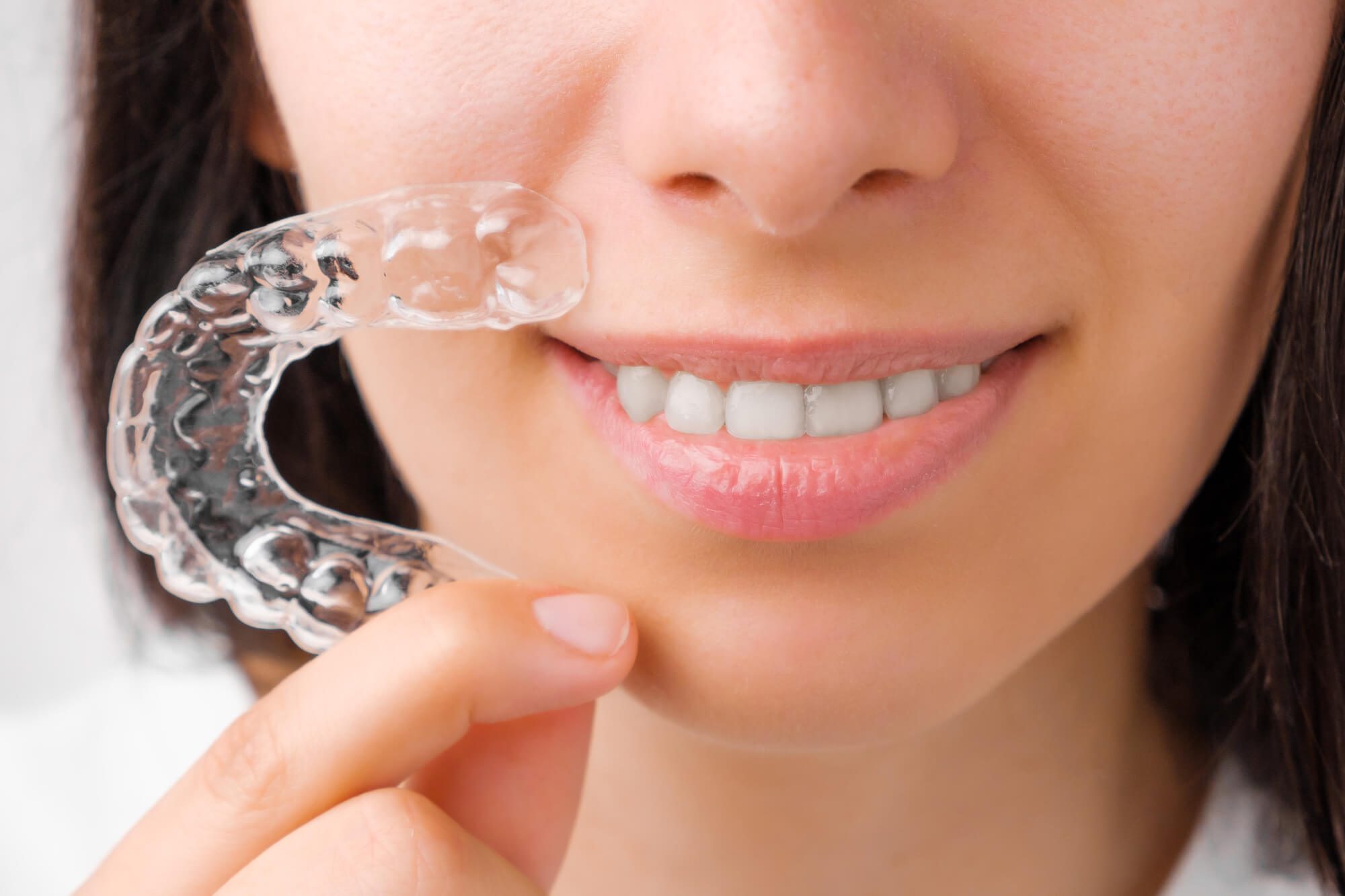 When it comes to orthodontic care for teenagers, braces are a fundamental tool for addressing dental irregularities such as crooked teeth, crowding, and gaps.
When it comes to orthodontic care for teenagers, braces are a fundamental tool for addressing dental irregularities such as crooked teeth, crowding, and gaps.
Choosing the right type of braces is important, as it impacts not only the effectiveness of the treatment but also the teen’s confidence and comfort during this formative period. Traditional metal braces, known for their durability and effectiveness, are the most commonly used type and are often the least expensive option.
However, advances in orthodontic technology have widened the range of options available to teenagers. Ceramic braces present a less noticeable alternative, utilizing tooth-colored or clear brackets that blend in with the natural color of teeth. This type appeals to those seeking a more discreet solution without compromising on the functionality of traditional metal braces.
Additionally, clear aligner systems such as Invisalign are becoming increasingly popular among teens. These clear, removable aligners offer a virtually invisible way to correct tooth alignment, and they can be taken out for eating, brushing, and flossing. Teens may favor this option for its aesthetic appeal and the flexibility it offers, though it may not be suitable for all orthodontic issues.
Remember that each type of brace has its own set of advantages, and the decision ultimately depends on individual needs, preferences, and the orthodontic practitioner’s advice.
Are you ready to transform your smile? Check out Smilebliss‘ diverse brace options for teens! Find your style, embrace confidence, and start your journey to a stunning smile today.
Contact us now for a consultation!
Orthodontic treatment for teens is crucial for correcting dental issues early on and providing a foundation for long-term oral health.
Early orthodontic intervention can prevent more complex dental problems later in life. Issues such as overbites, underbites, or crossbites, if not treated timely, can lead to uneven wear of the teeth and jaw problems.
Orthodontists typically recommend evaluating teens for orthodontic treatment between the ages of nine and fourteen, as this is an optimal time to correct misalignments and guide the growth of the jaw.
Orthodontic treatment offers several types of appliances to align teeth and jaws effectively:
Each type of brace comes with unique benefits and considerations, factoring in aesthetics, comfort, maintenance requirements, and cost. The choice of braces should be discussed with an orthodontist, who will recommend the most suitable option based on the teen’s specific dental needs.
Traditional metal braces are a reliable and cost-effective orthodontic treatment commonly used by teenagers. They consist of durable stainless steel and have a proven track record for effective tooth alignment.
 Metal braces are composed of two primary components: brackets and archwires. The brackets are small squares bonded directly to the front of each tooth that serve as anchors for the braces.
Metal braces are composed of two primary components: brackets and archwires. The brackets are small squares bonded directly to the front of each tooth that serve as anchors for the braces.
They are typically crafted from high-grade stainless steel, which gives them resilience against wear and tear. Archwires are the thin metal wires that run through each bracket and apply pressure to mold and guide the teeth into the desired position.
The adjustment process involves regular orthodontic visits, typically every 4–6 weeks. During these appointments, the orthodontist adjusts the tension of the archwires and may replace the elastic bands that hold the wire to the brackets.
These adjustments gradually move the teeth over time, correcting misalignments and bite issues. The process is precise, and the orthodontist carefully plans each adjustment to progress toward the desired outcome.
Ceramic braces offer a less noticeable orthodontic solution and provide an effective way to correct tooth alignment. They are made of tooth-colored or clear materials, aiming to blend with the natural color of the patient’s teeth.
Ceramic braces are primarily chosen for their cosmetic appeal. The brackets are either clear or tooth-colored, making them significantly less visible than traditional metal braces. This can be especially appealing to teenagers who are self-conscious about their appearance.
Ceramic brackets are made from a durable composite material that is designed to withstand the rigors of everyday wear. However, they are generally not as strong as metal braces and may require more careful handling to prevent damage. Despite this, ceramic braces are still a reliable option for those seeking to align their teeth effectively.
 Clear aligners provide a less noticeable method of straightening teeth, designed especially for those seeking an inconspicuous treatment option. These aligners have gained popularity due to their aesthetic appeal and convenience.
Clear aligners provide a less noticeable method of straightening teeth, designed especially for those seeking an inconspicuous treatment option. These aligners have gained popularity due to their aesthetic appeal and convenience.
Clear aligners consist of a series of custom-made, removable trays that gradually shift teeth into the desired position. Patients can remove them before eating, brushing, or flossing, which simplifies dental hygiene and allows more freedom in the diet compared to traditional braces.
One of the primary advantages of clear aligners is their transparent appearance. Constructed from a clear plastic material, they blend seamlessly with the natural color of the teeth, making them virtually invisible during wear. This feature is particularly appealing to teens, who may be self-conscious about their smiles.
Choosing the right orthodontic treatment option is a big deal for teens, and at Smilebliss, we get that. We’ve got everything from traditional metal braces to invisible aligners and even cool, colorful options.
Our team is here to help you choose what’s best for your teen’s needs and likes. We aim to make their smile not just straighter but also give them a confidence boost.
Reach out to Smilebliss to find the perfect braces for your teen and start their journey to an awesome smile. Contact your local office to learn more about the options available to your teen.